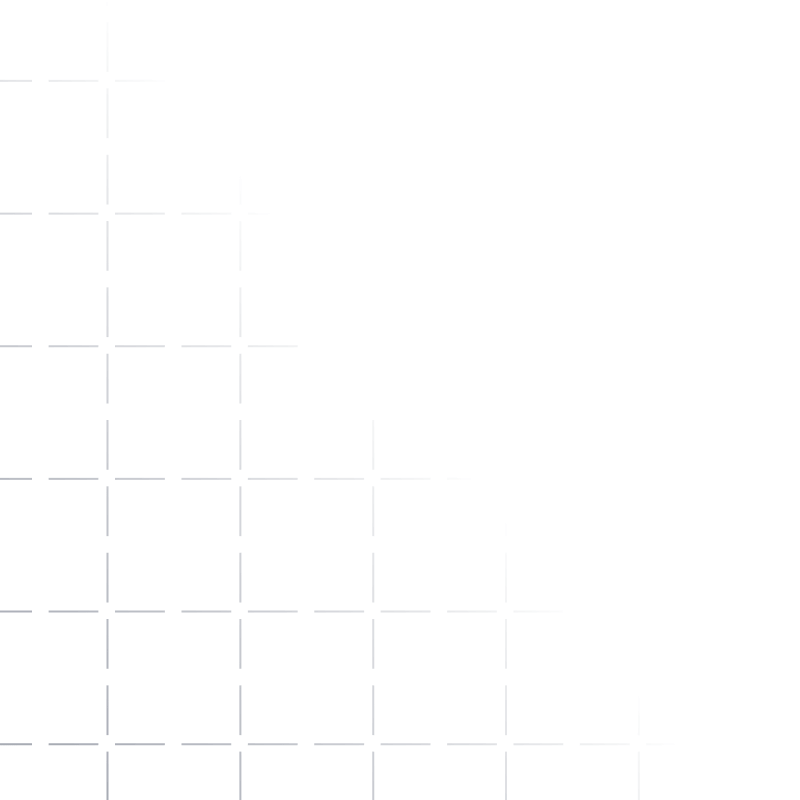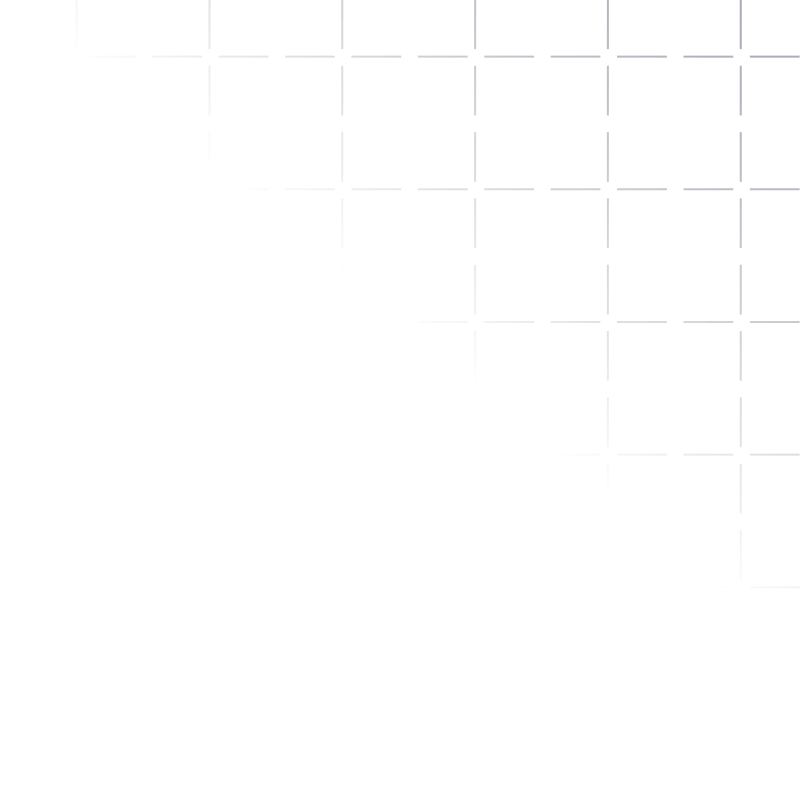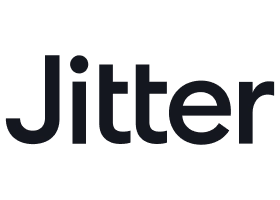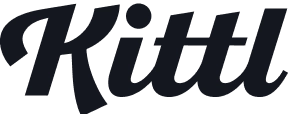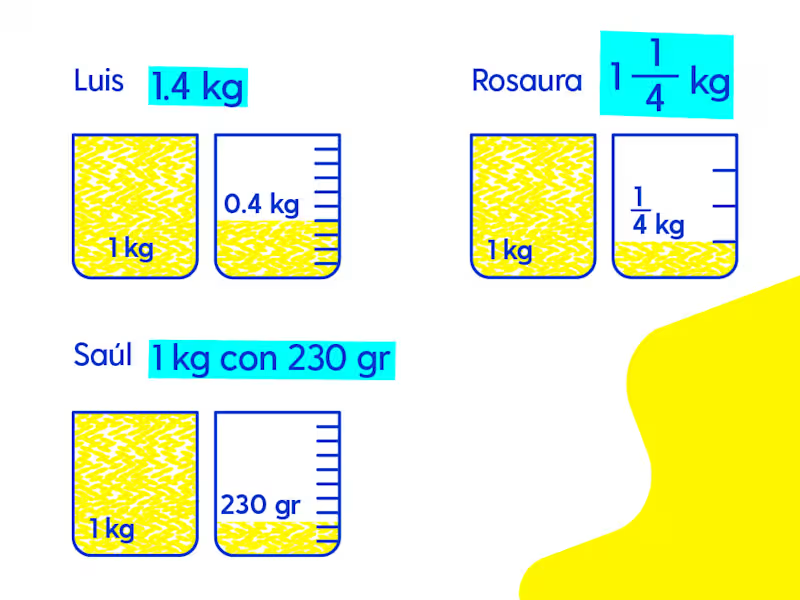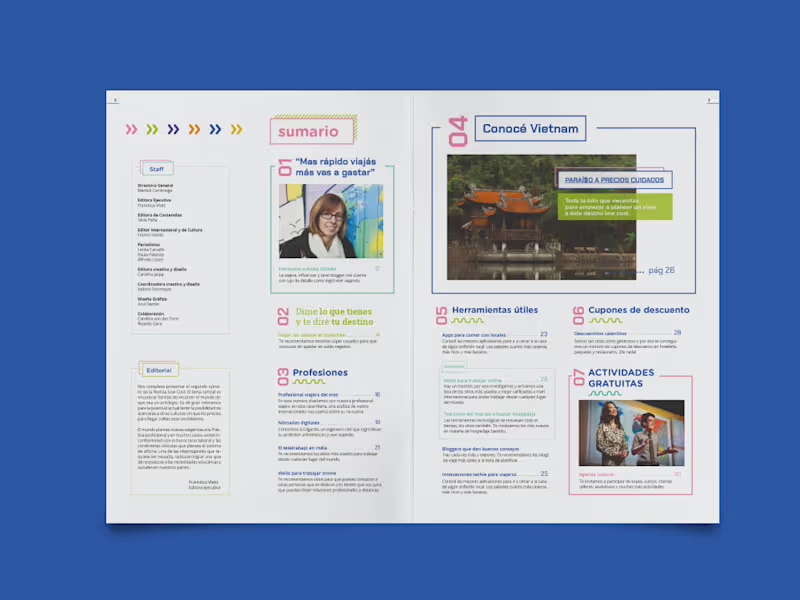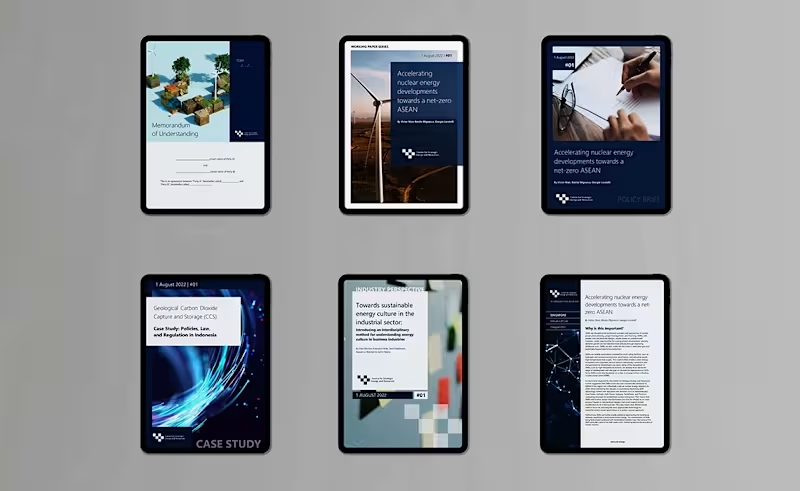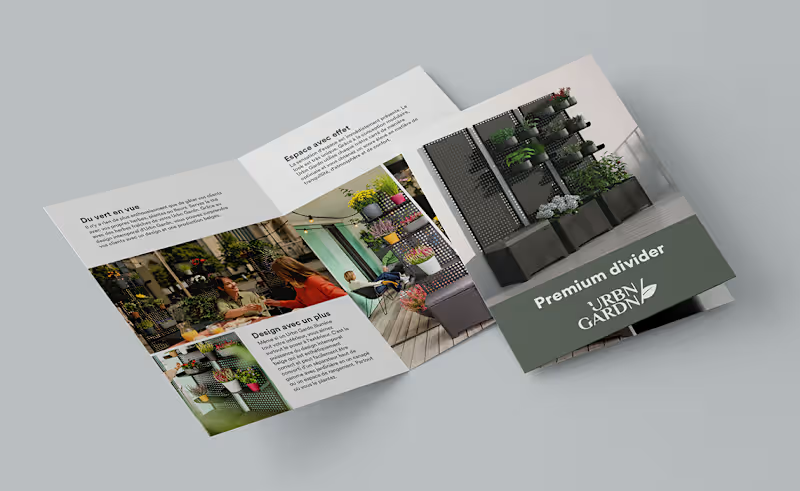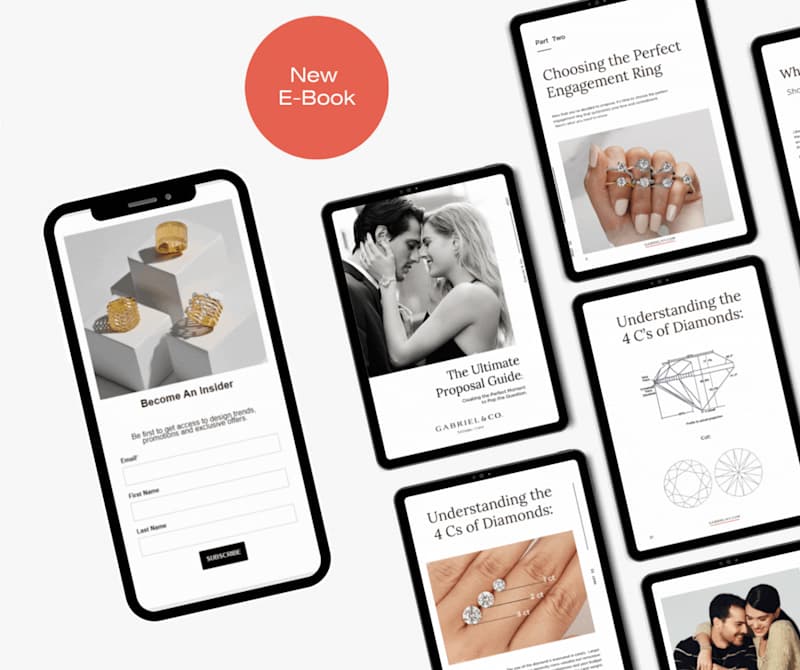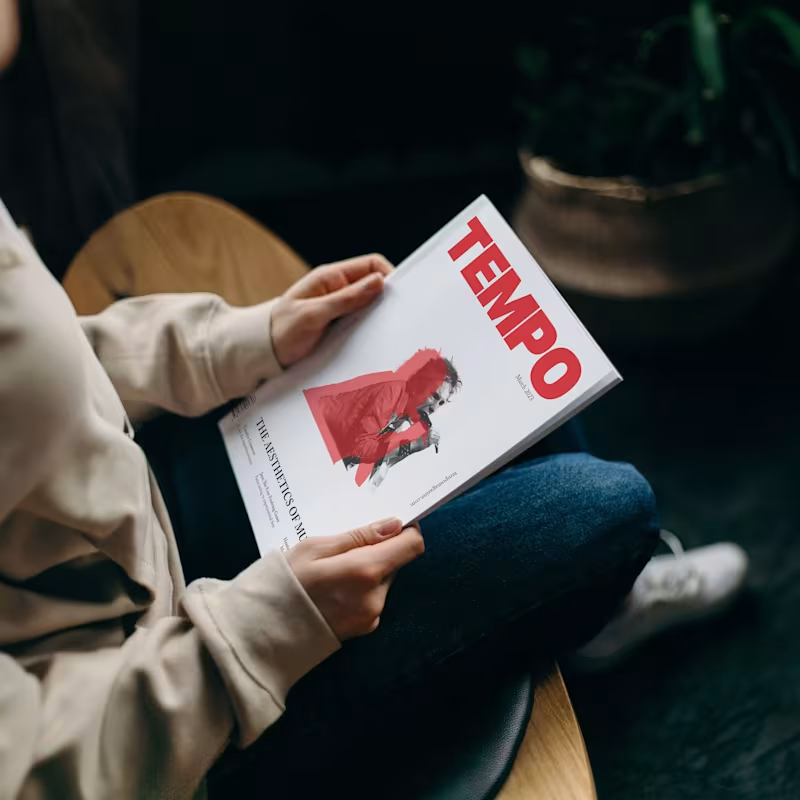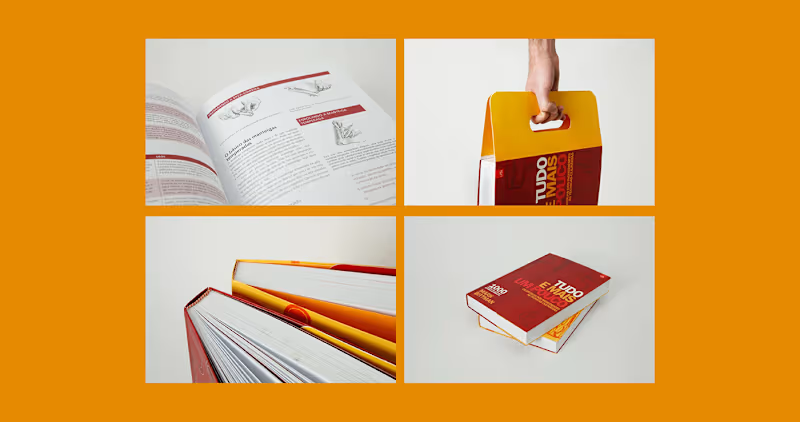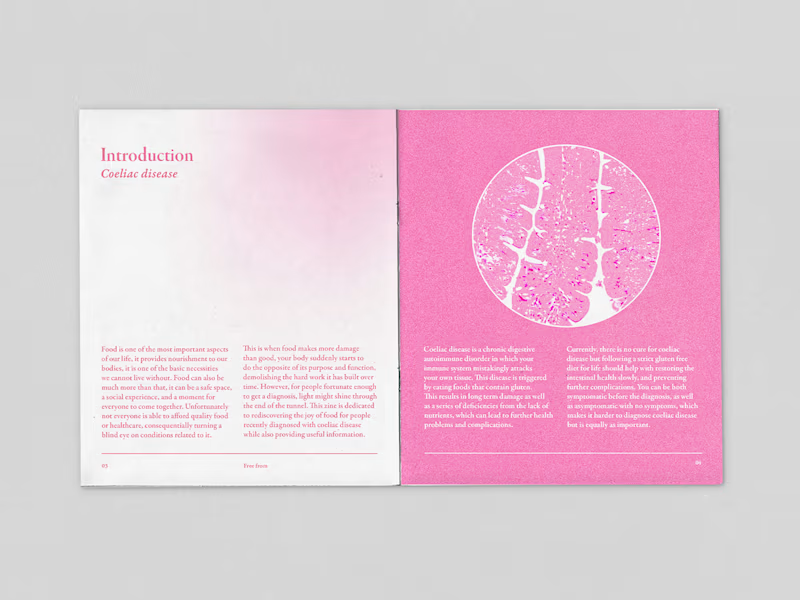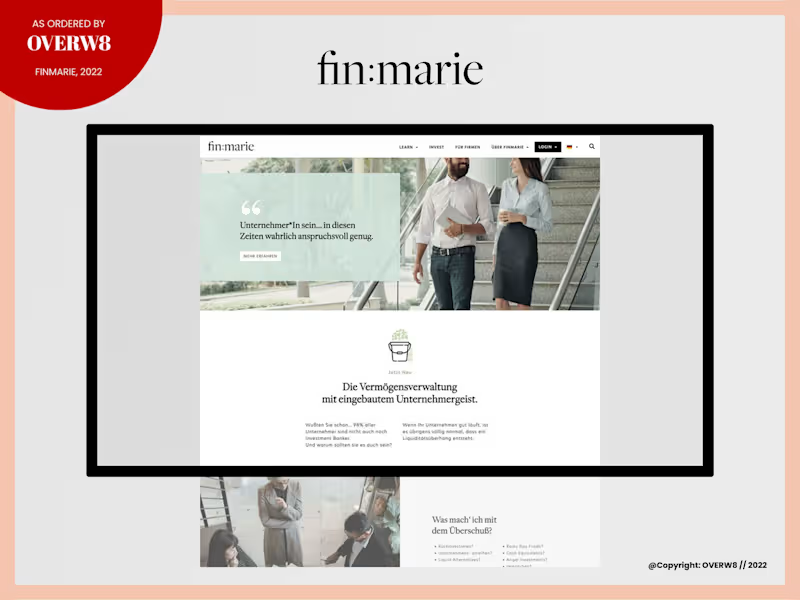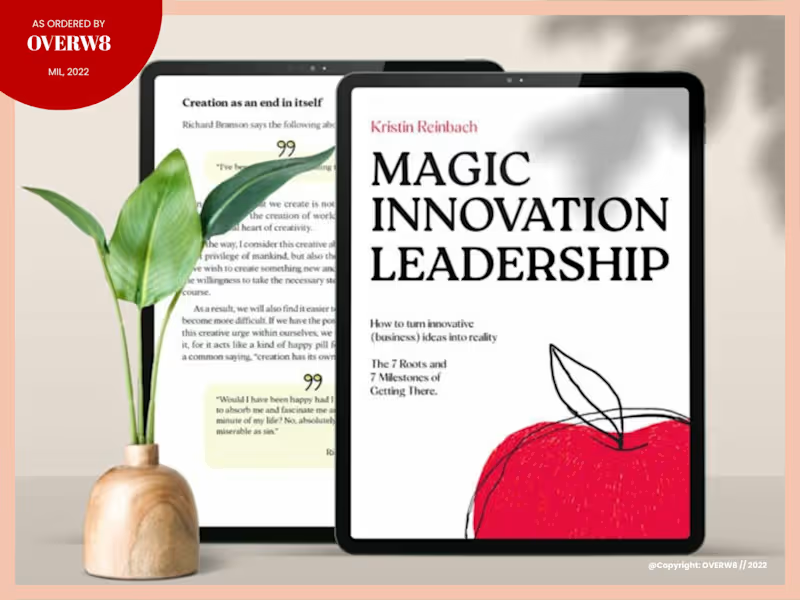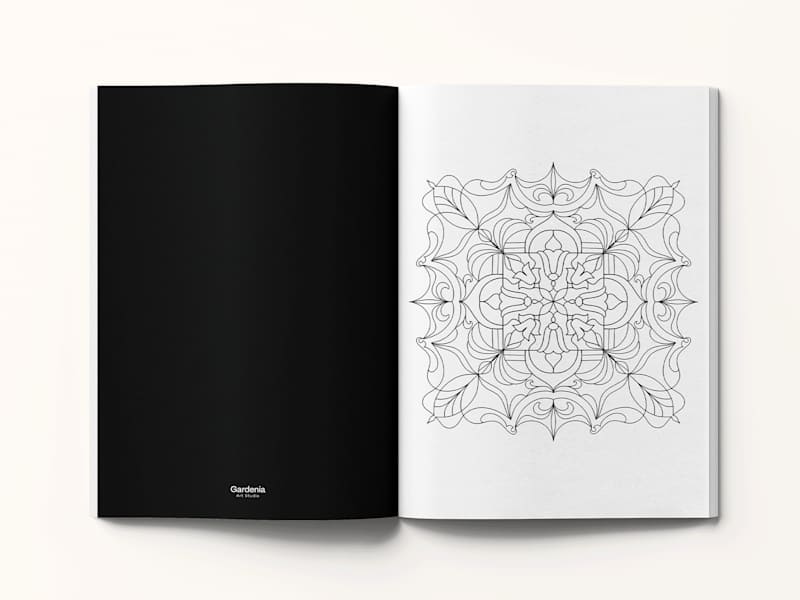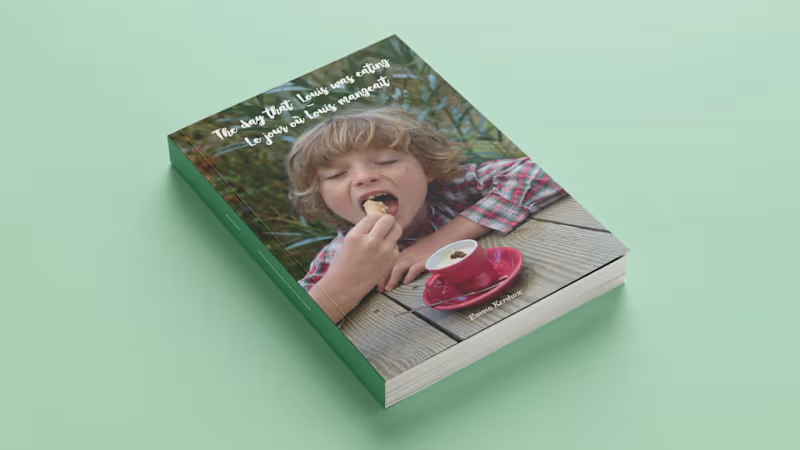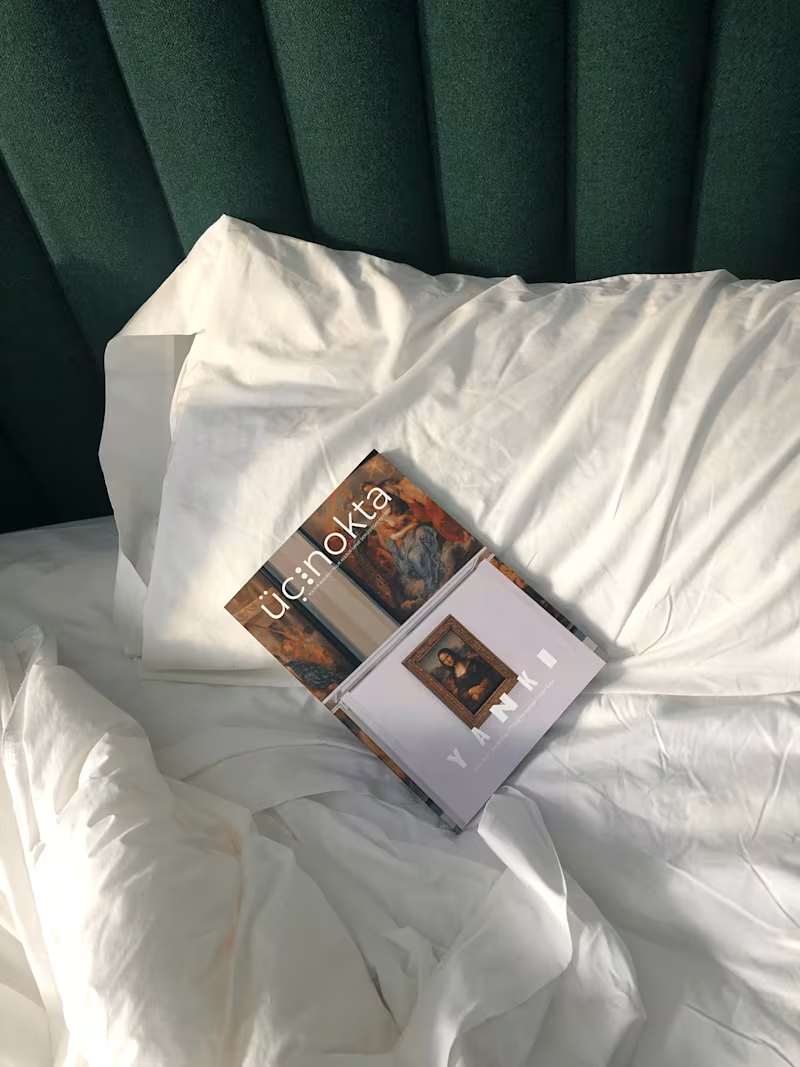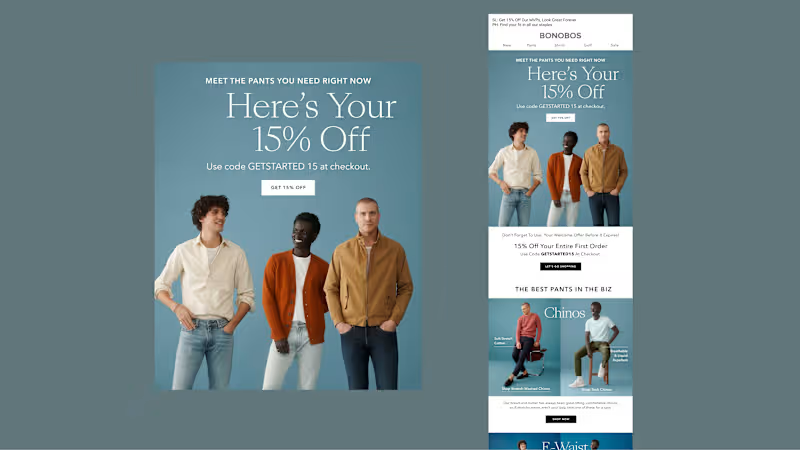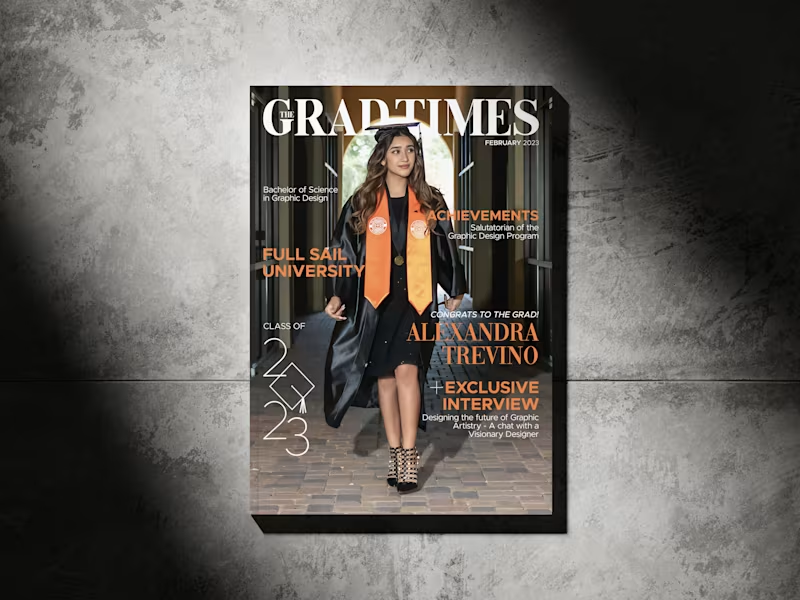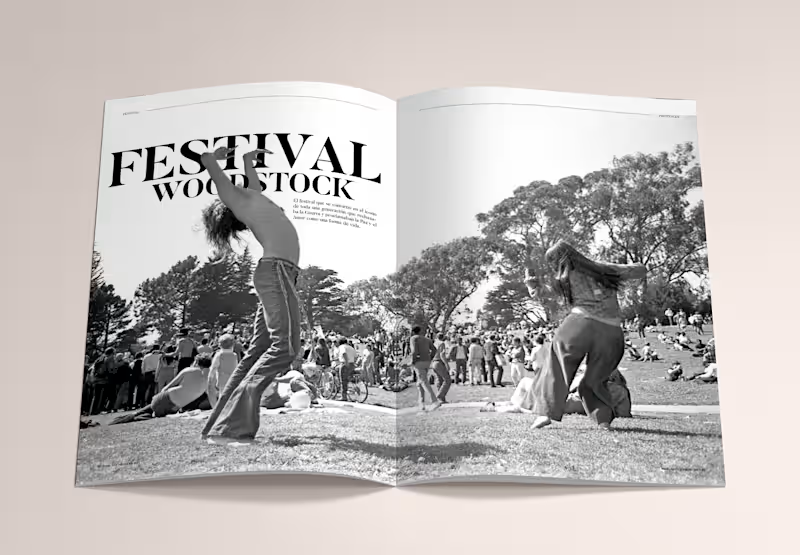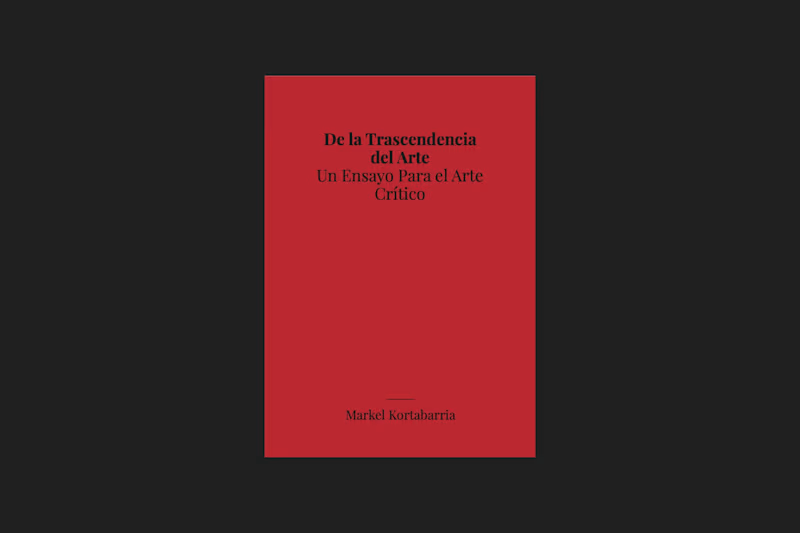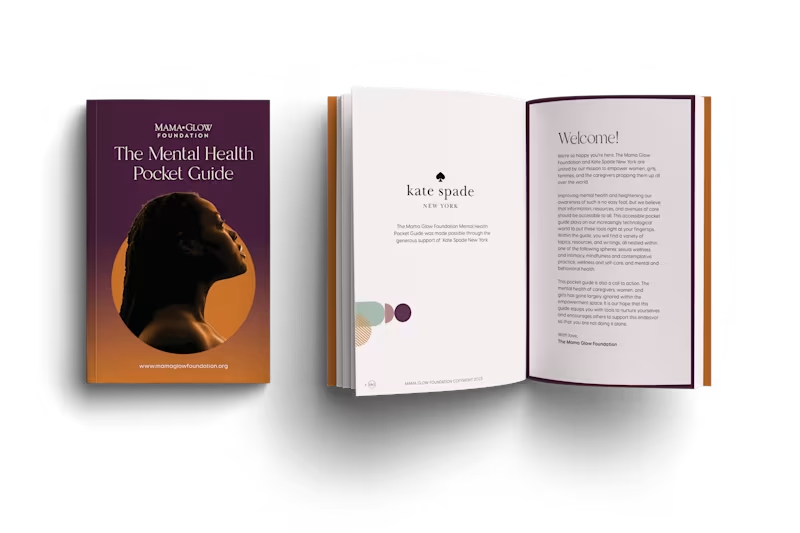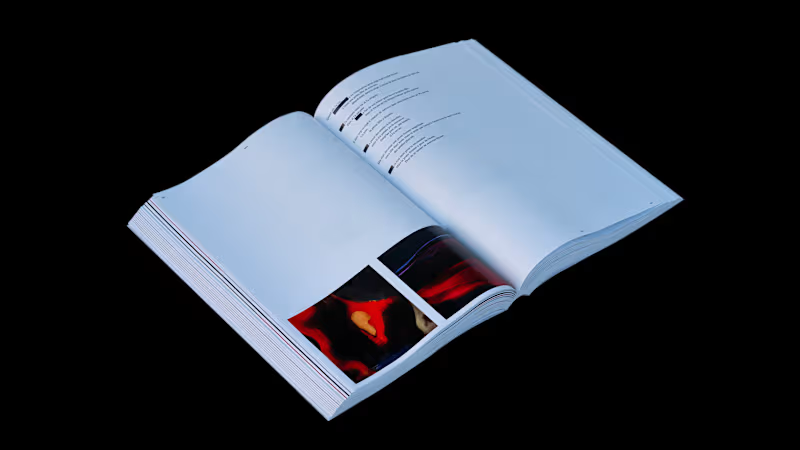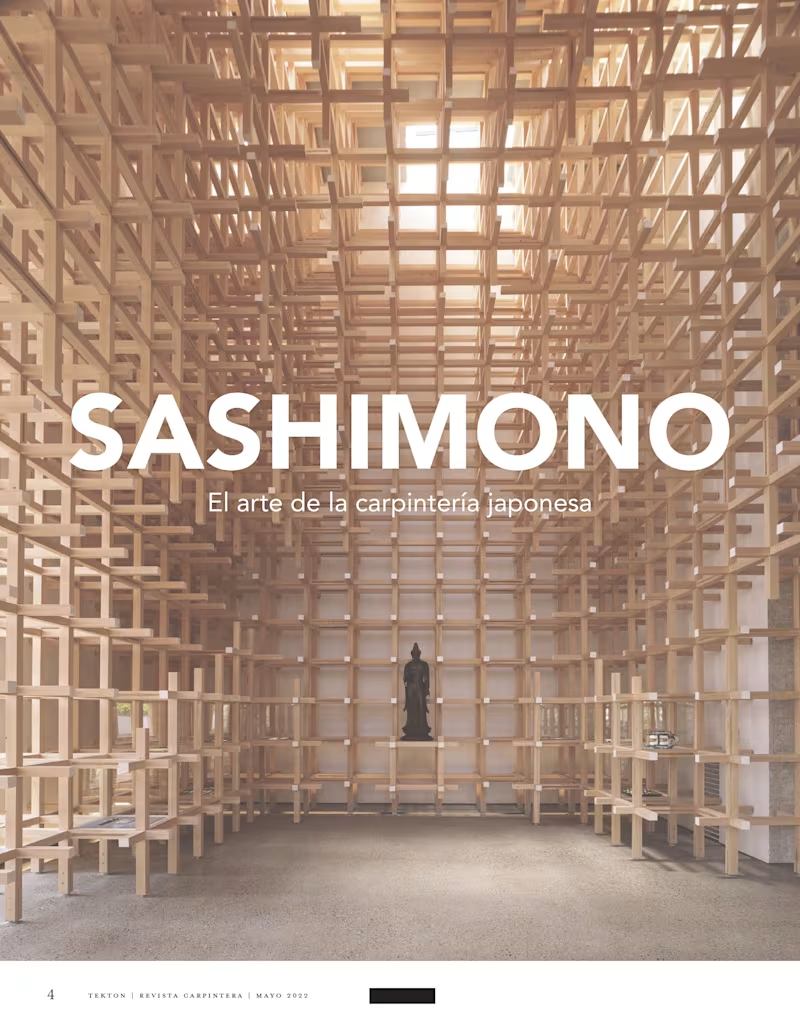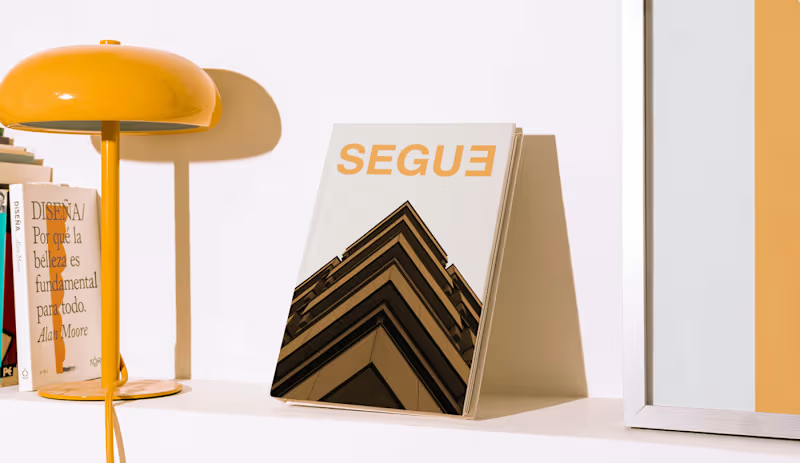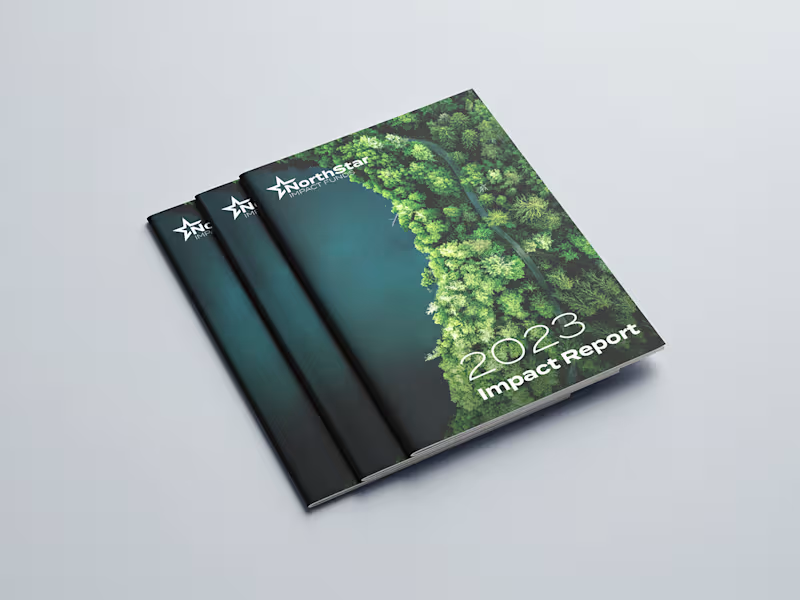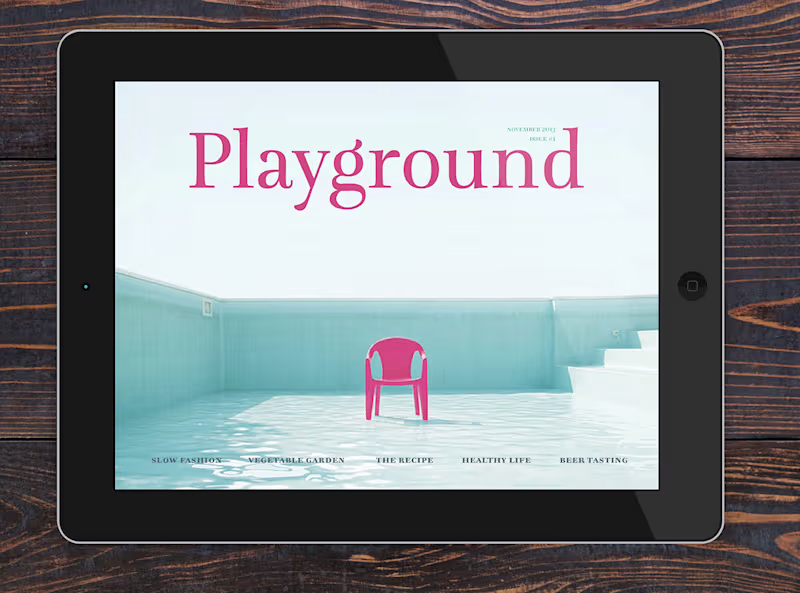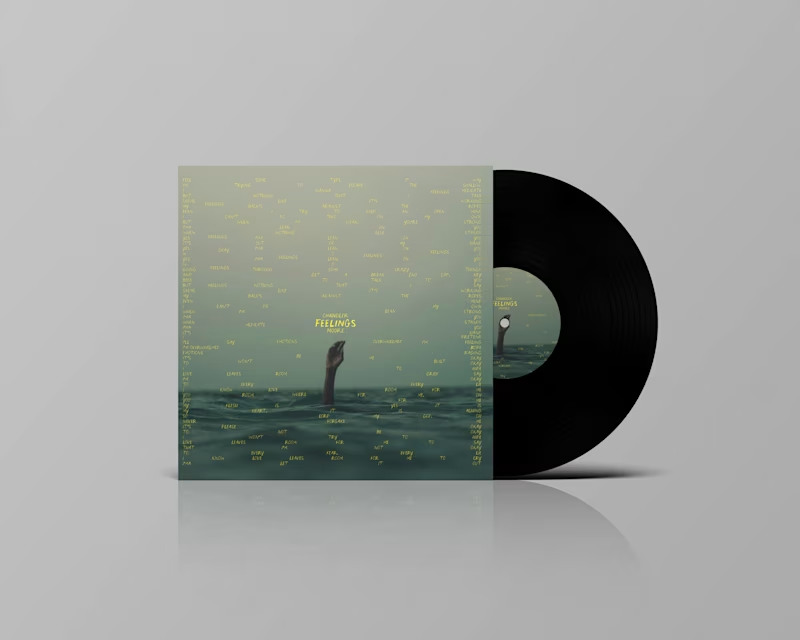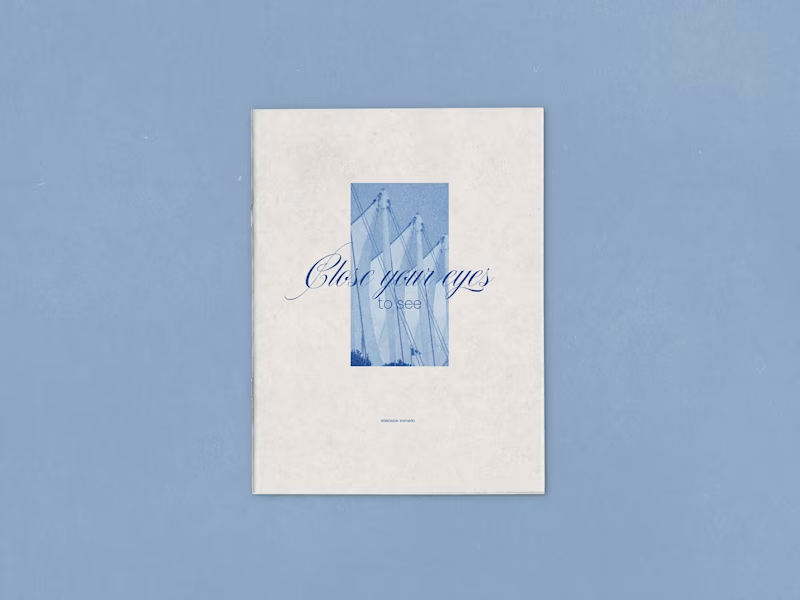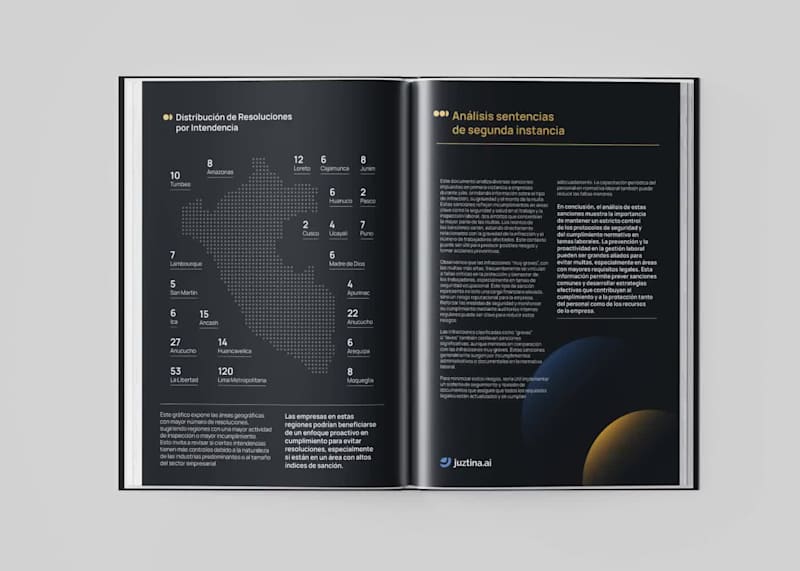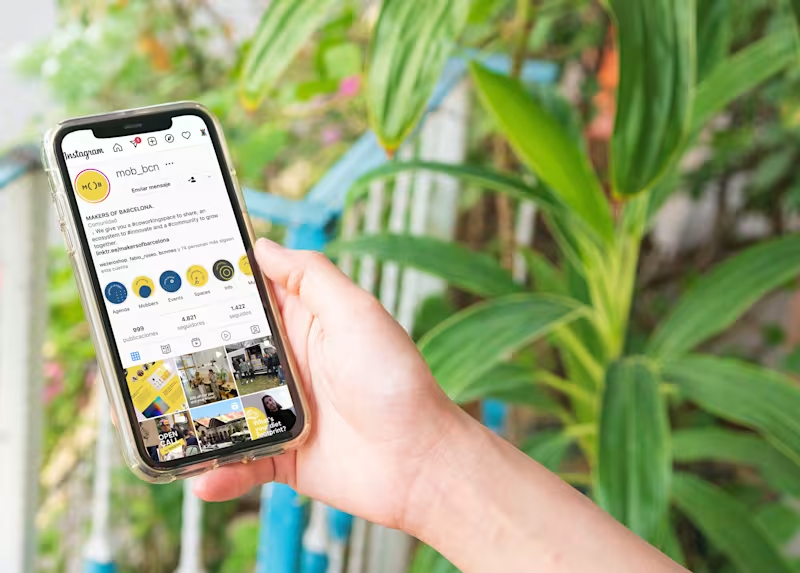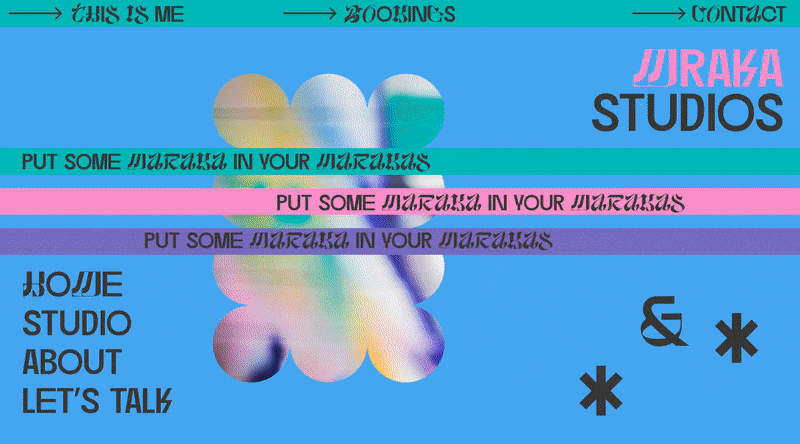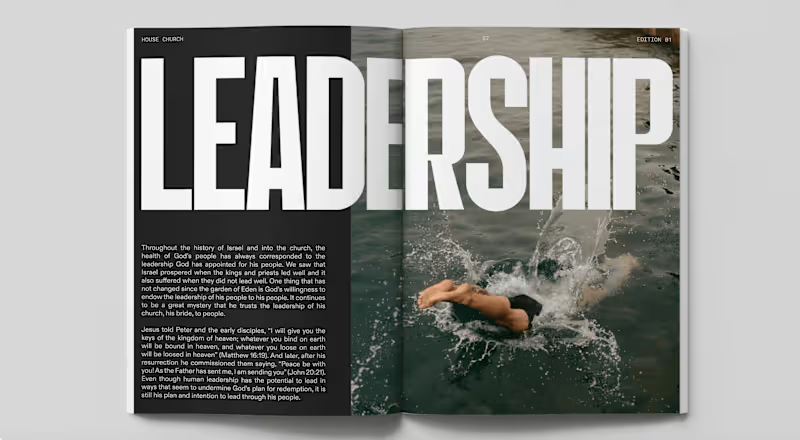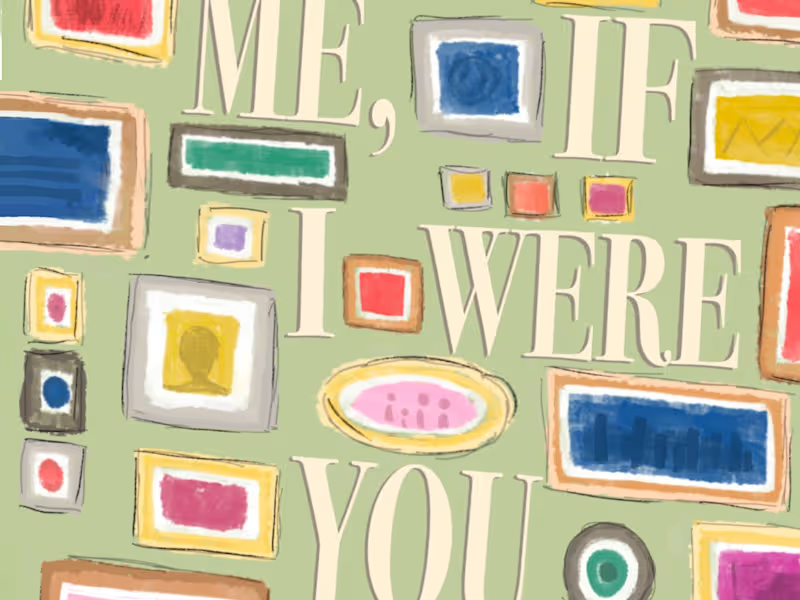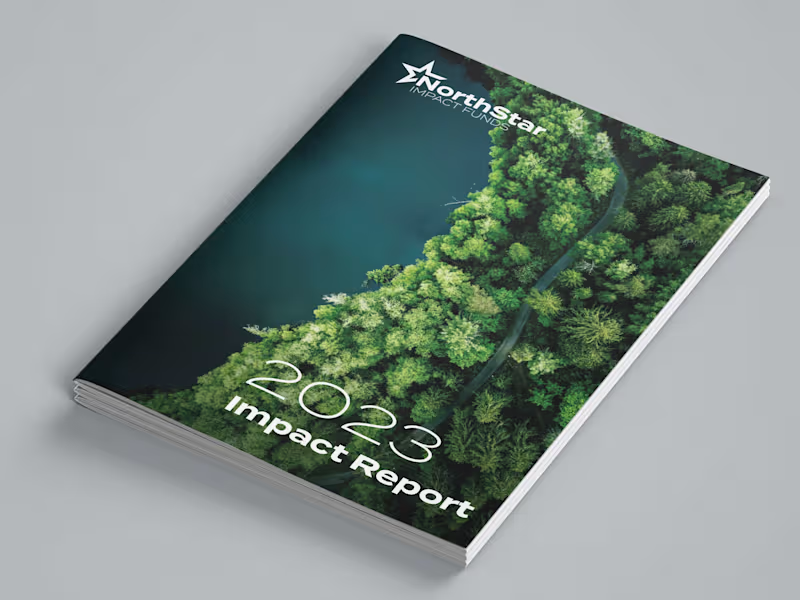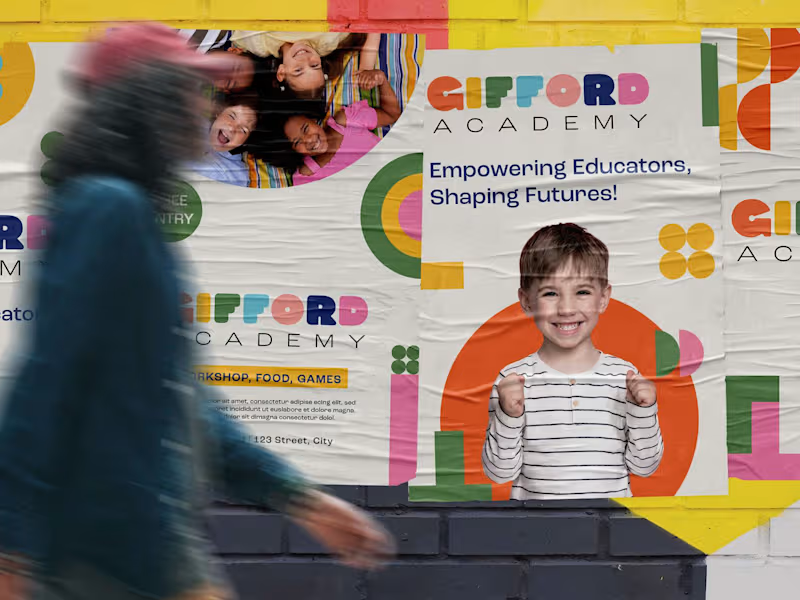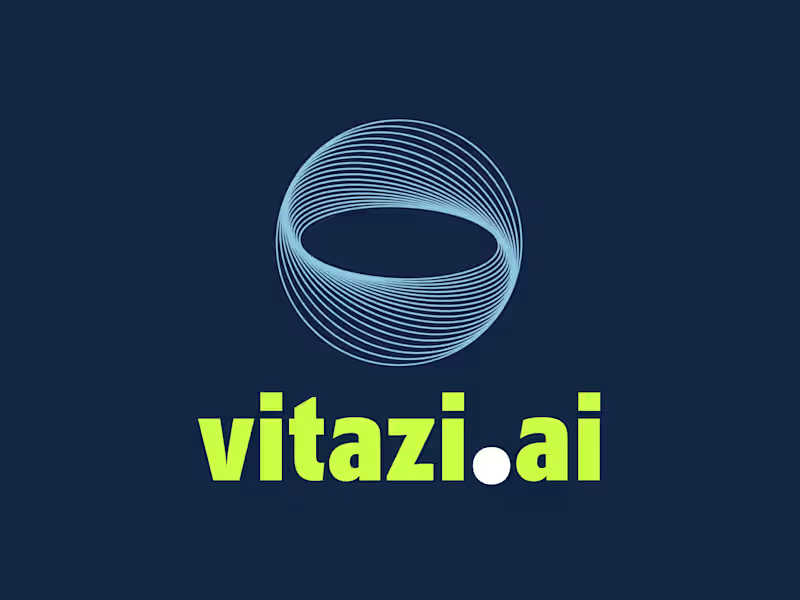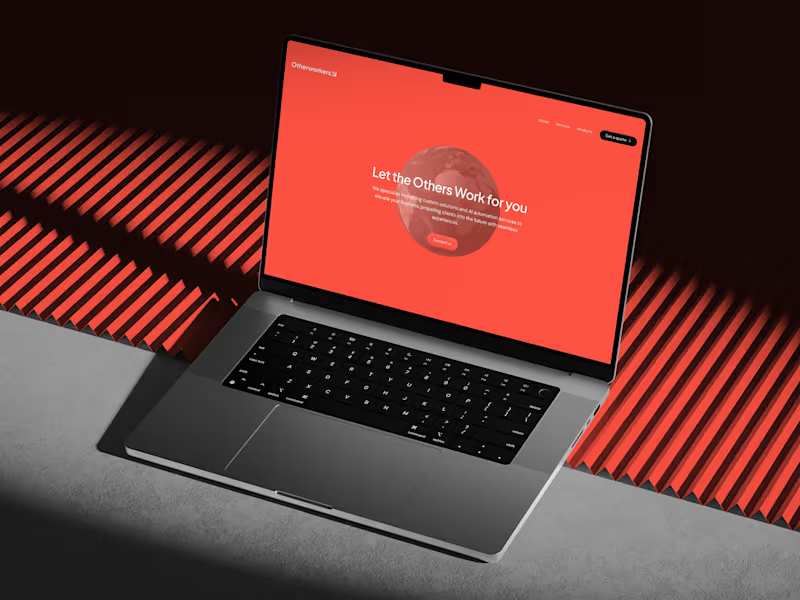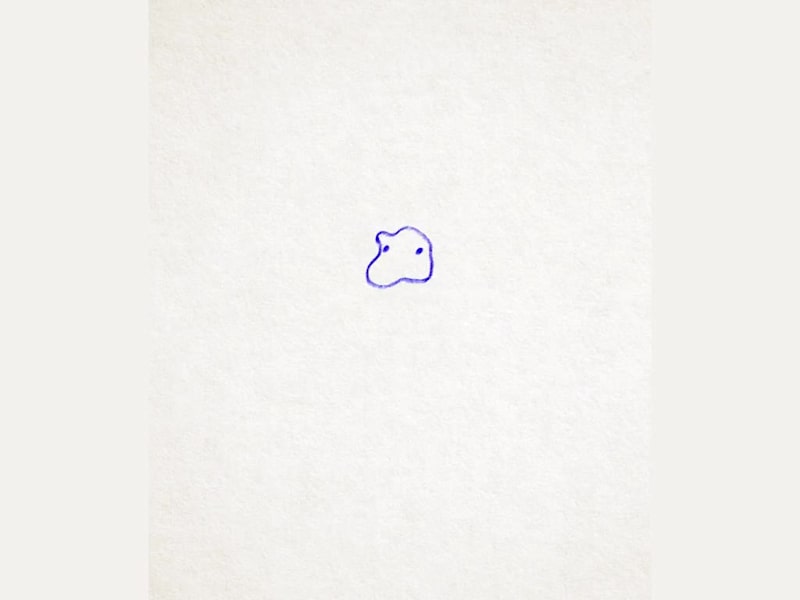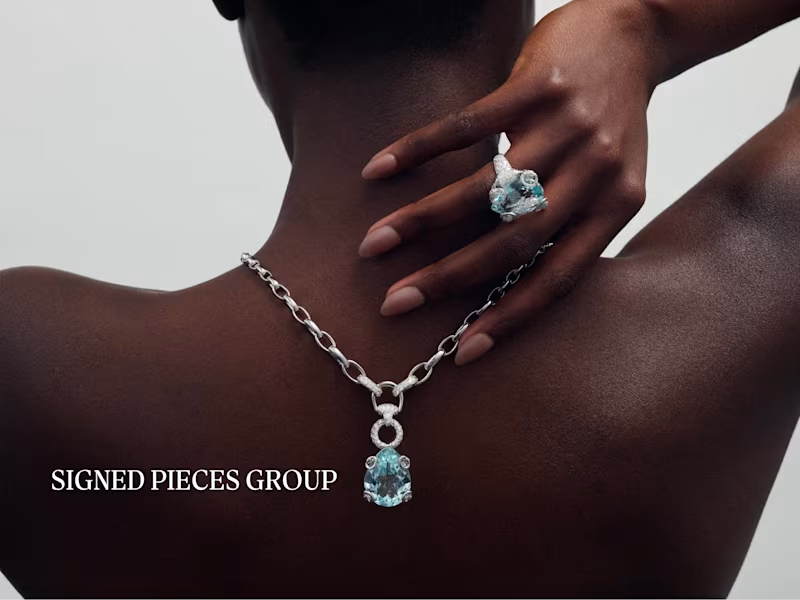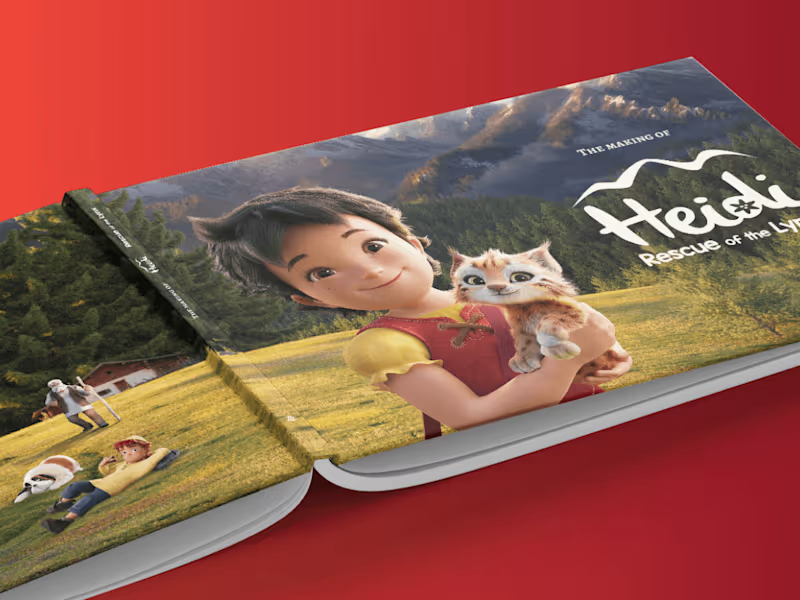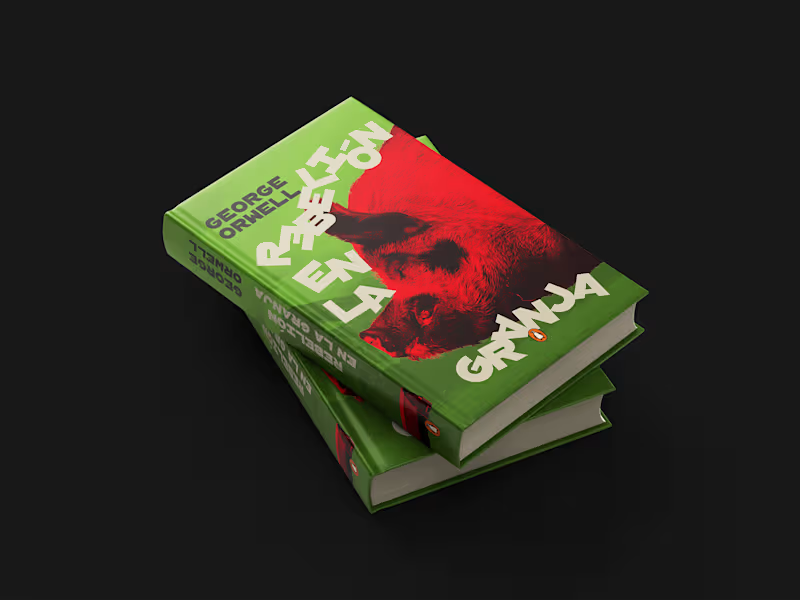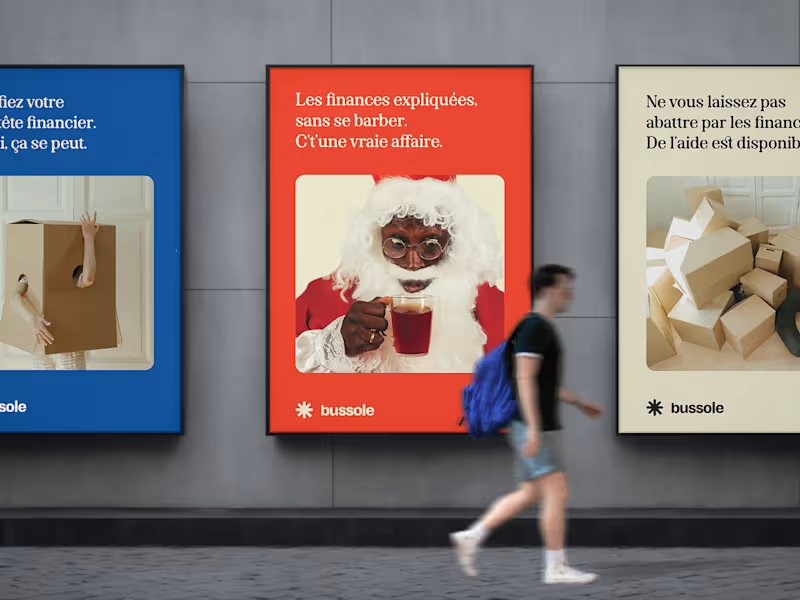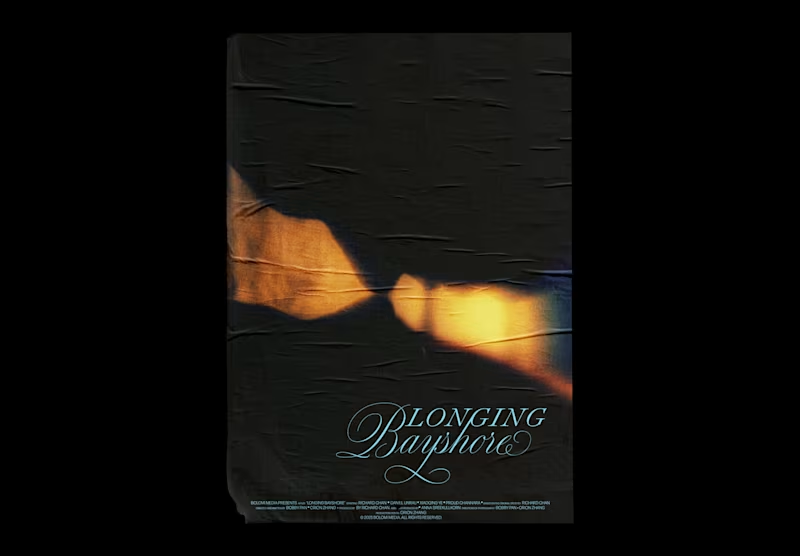How do I write a clear project brief for my editorial designer?
Start with explaining your project's goals. Include details about your target audience and the message you want to convey. Be sure to provide examples of designs you like or dislike. Clearly outline the deliverables, deadlines, and any specific design elements or themes. A clear brief helps the designer understand your vision and creates a smoother workflow.
What should I consider when reviewing a designer's portfolio?
Look for styles and projects that match your vision. Take note of the designer's versatility and creativity. Check if they have experience with similar projects or industries. Pay attention to the quality and consistency of their work. A portfolio gives you a glimpse of their skills, so make sure it aligns with what you need.
How can I communicate my brand's identity to a freelance editorial designer?
Share your brand's mission, values, and target audience. Provide examples of previous designs or materials that represent your brand. Explain the emotions you want your designs to evoke. If you have a branding guide, share it with the designer. Clear communication ensures that the designer captures your brand's essence.
What should I include in the project timeline?
Start with the project's start and end dates. Include key milestones like drafts, revisions, and final submissions. Allocate time for feedback and potential adjustments. Make sure the timeline is realistic and consider any external factors that might affect deadlines. A detailed timeline helps both parties manage their time efficiently.
How can I ensure effective collaboration with my freelance designer?
Set up regular check-ins or updates with the designer. Use collaborative tools like shared documents or communication apps. Always provide constructive feedback and be open to the designer's ideas. Clearly outline roles and responsibilities. Good collaboration leads to successful project outcomes.
What should I ask for in the design drafts from the editorial designer?
Request initial drafts to review the core layout and design elements. Ask for different color schemes if you're unsure about the direction. Ensure the drafts reflect the brief's main objectives. Encourage the designer to include notes explaining their design choices. Clear drafts help in refining the project before the final version.
How do I set realistic expectations for project deliverables?
Discuss your needs and any constraints with the designer upfront. Specify the formats, sizes, and number of copies needed. Make sure to detail any revisions or extra assets required. Align on the quality and detail level expected for the final product. Setting realistic expectations avoids misunderstandings and ensures satisfaction.
What feedback should I provide during the design process?
Share specific feedback about what you like or would like changed. Be clear about aspects that don't align with your vision and offer constructive suggestions. Discuss any potential improvements based on your project objectives. Ensure feedback is timely to keep the project on track. Constructive feedback helps improve the design outcome.
How do I confirm the final deliverables meet my needs?
Review the final designs against your original brief. Check that all requested elements and revisions are included. Ensure the design fits your brand identity and objectives. Request any necessary format conversions for usability. Confirm satisfaction before wrapping up the project and any final payments.
Who is Contra for?
Contra is designed for both freelancers (referred to as "independents") and clients. Freelancers can showcase their work, connect with clients, and manage projects commission-free. Clients can discover and hire top freelance talent for their projects.
What is the vision of Contra?
Contra aims to revolutionize the world of work by providing an all-in-one platform that empowers freelancers and clients to connect and collaborate seamlessly, eliminating traditional barriers and commission fees.
People also hire
Explore projects by Spanish-speaking Editorial Designers on Contra
Top services from Spanish-speaking Editorial Designers on Contra
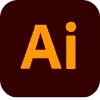
Adobe Illustrator
Logo Designer
Editorial Designer
+5
Ongoing Creative Design Support
$30/hr

Adobe Illustrator
Editorial Designer
Graphic Designer
+3
Professional 16-page brochure, print-ready and/or digital
$850

Adobe Illustrator
Graphic Designer
Editorial Designer
+4
Presentation Design | Engage, Inform and Drive Sales
$100/hr
